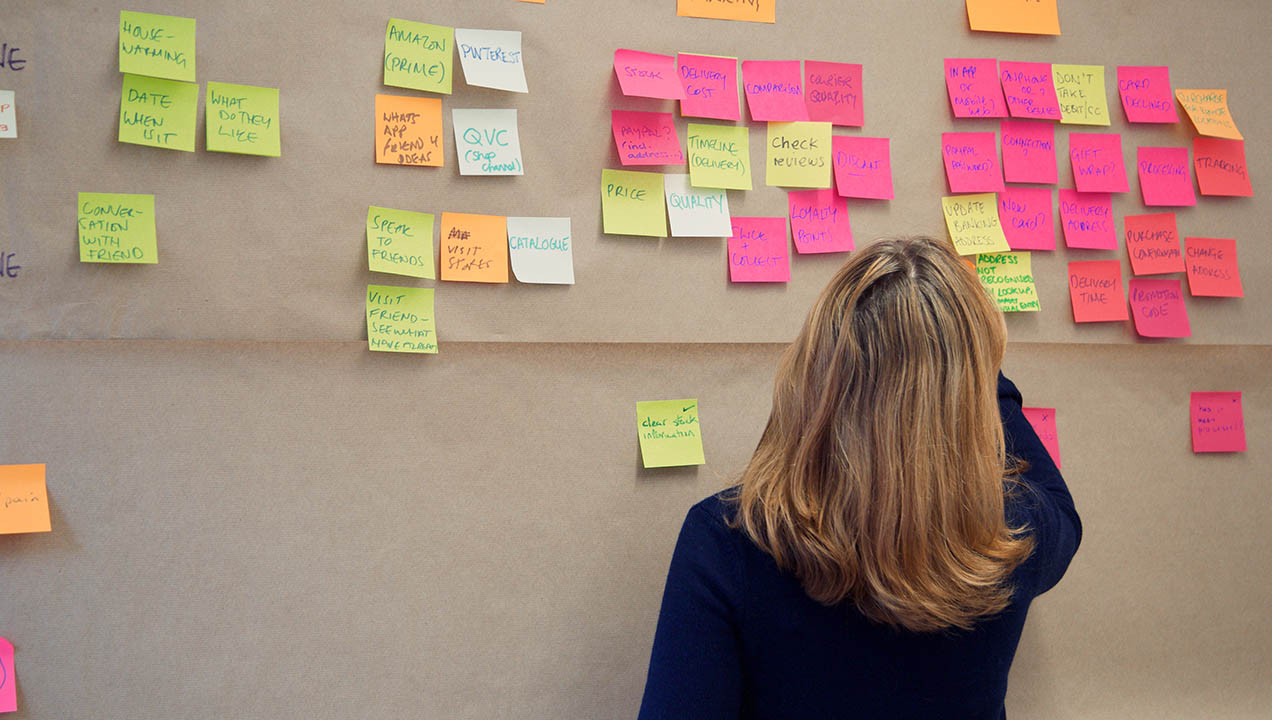10 signs your CX program needs to work harder
Many organizations have set up customer experience (CX) programs in the last 5 years, and they’re to be congratulated as it’s an important step to becoming an experience-led business.
CX programs don’t realize ultimate impact immediately, they have to prove themselves and earn trust within the organization and become true masters of their domain. Furthermore, the massive demand for talented CX professionals means that it can be difficult to get the right capability up and running quickly.
But once you have your team in place, how do you make sure resources are being directed in the right areas? Here are a few pointers for executives to watch for to help prioritize where CX capabilities should be directed to increase impact.
1. NPS/CSat scores but don’t have a clear sense of the why
NPS, CSat and other metrics are great as a warning signal of troubled waters, but they are limited in terms of understanding the ‘why’ – what’s motivating a positive or negative score? Engaging directly with customers to get to this ‘why’ – how people use services, when and where – gives context not only to negative scores, but also allows organizations to understand and build on positive experiences. Complementary activities such as social media analysis can add weight, but closer collaboration between CX and analytics teams is key to realizing a holistic view of the entire customer experience.

2. Journey maps that have been created without direct user engagement
Customer journey maps are an invaluable tool for aligning vision and road mapping the ideal customer experience. However, maps created only involving internal stakeholders, or using desk research and analytics can miss key insights and opportunities. If your organization has created maps in this way, they may not be in line with customer needs or priorities and there’s a need to get up close and personal with your customers.
3. Organization has too many customer journeys
If you have a journey map for your web experience, a journey map for your mobile experience, and yet another for your in-store experience you may be missing the bigger picture. It’s a common problem with internally focused CX teams and can be a symptom of being product (inside-out) rather than customer (outside-in) focused. Joining up all your customer experiences will help you frame your customer experience strategy and prioritize for impact.
4. Customer journeys are outdated
Remember that journey maps have a limited life span. Just as people’s behavior changes, and new products and services disrupt the competitive landscape, so too will your customer journeys. Journey maps don’t need to be constantly updated but setting realistic evaluation points will help capture the true current experience, and allow you to reframe and rethink your CX strategy.
5. CX teams lack staff who have a background in human behavior
New teams may be formed of members from product manager and marketing-related roles. These are great skills to have represented, but it’s crucial to go beyond this. The skills and mindset to understand human needs, motivations and behaviors are critical to identifying and prioritizing which design changes will have the biggest impact. For example, understanding ‘Motivation’ may not sound like it has a big business benefit, but motivation actually dictates how far customers will persist with a sub optimal product.
6. CX activity is focused at a product or channel level
Many months spent dedicating a team to developing an amazing mobile app can be severely undermined if the wider experience, such as phoning the contact center, is poor. Successful CX strategies seek to understand and optimize the entire customer journey.

7. Customer view based on demographics not needs, motivations and behavior
Behavior based personas based on real research insights provide the best way to understand what matters to your customer, and how to design for them. Traditional demographics are certainly an important element but more secondary when designing to improve customer experience.
8. No time spent observing customers use your products and services
Even the shortest period of time spent watching real use by real customers can provide a valuable reality check to all levels of stakeholders, from developer to CTO.
9. You and your teams don’t use your own products
Question why? This can be a telling indication of something that could be improved, and help align support for change. Aspire to inspire your teams.
10. International organization, but services haven’t adapted to local cultures
Small things can make or break you internationally and what’s acceptable in your culture may not be in others. For example, we recently observed cultural differences regarding privacy in Japan. Japanese customers were horrified if the last 4 digits of their credit card were shown online, whereas European audiences find it helpful.
